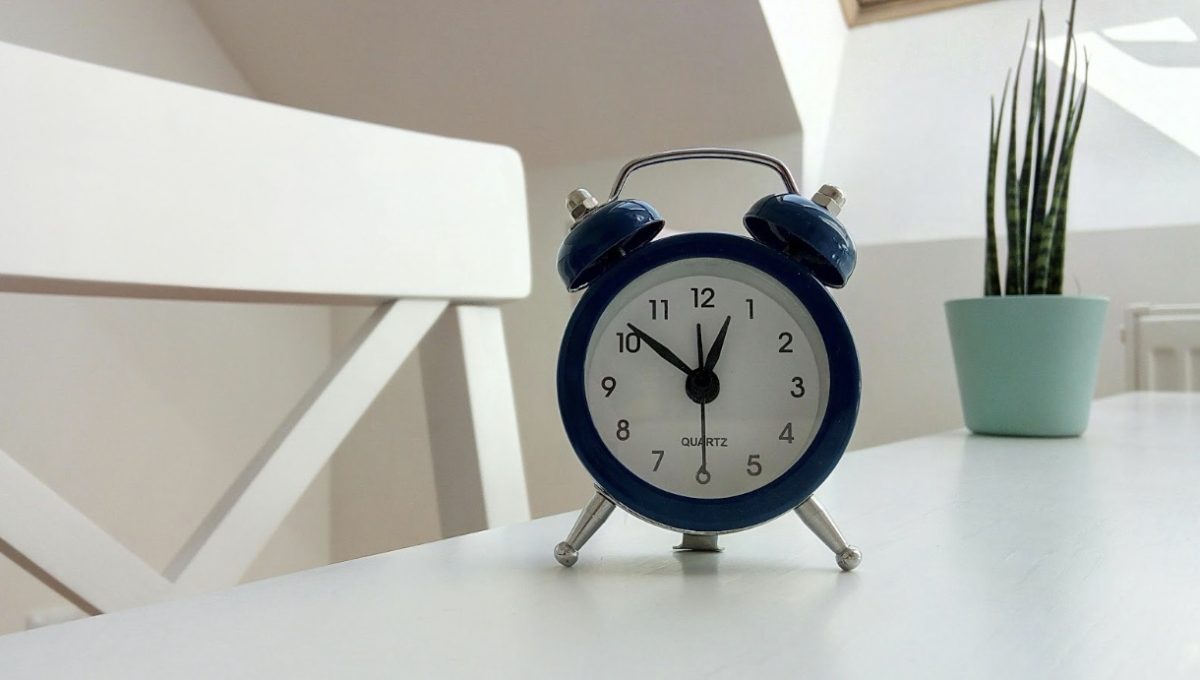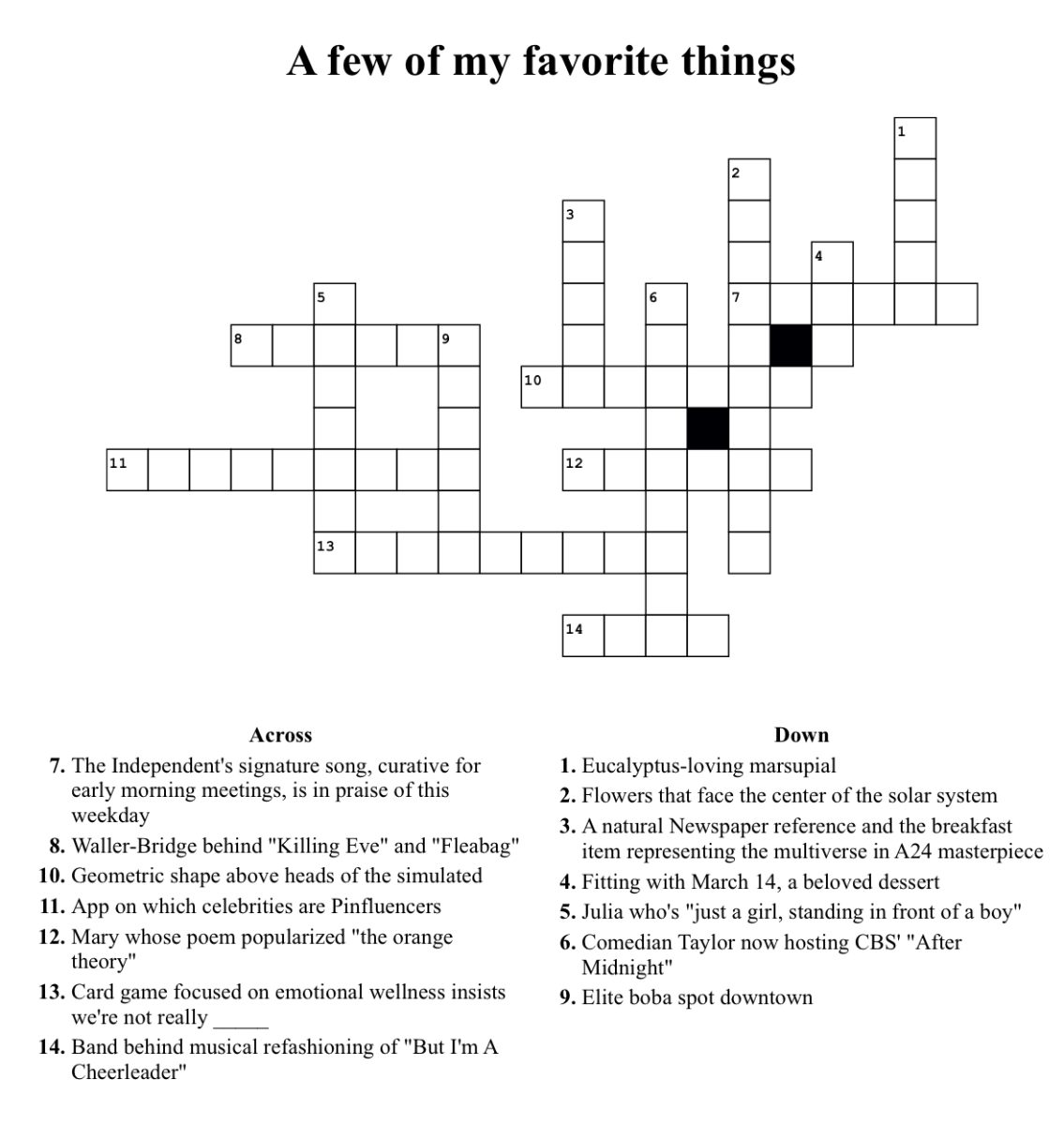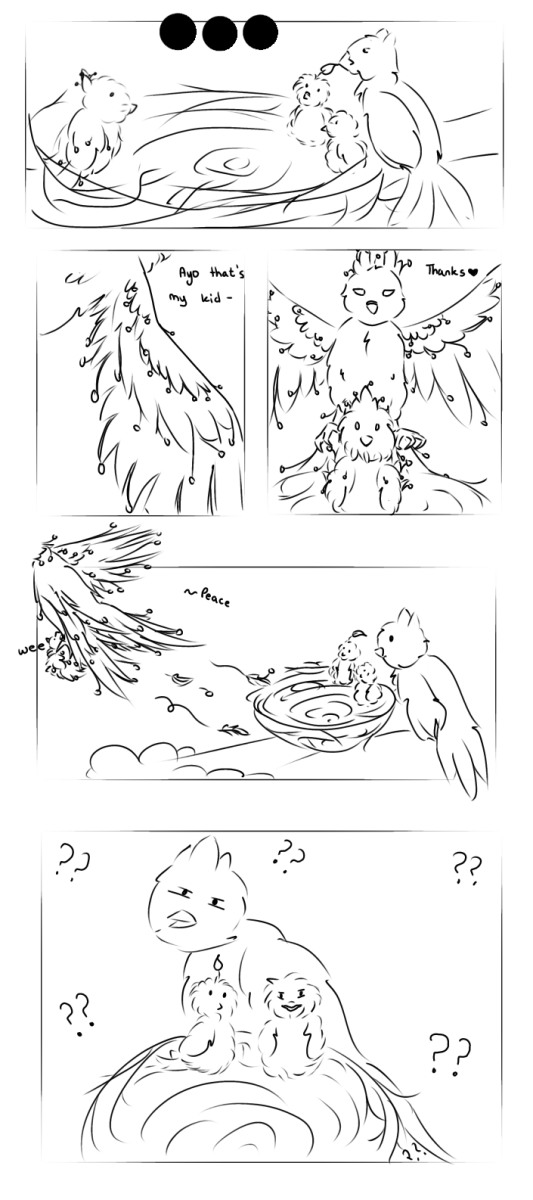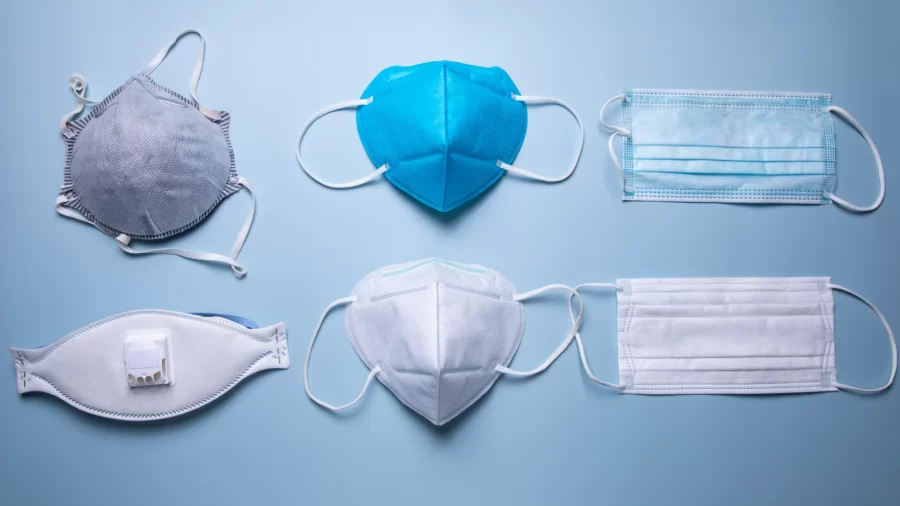What Mask Should I Wear?
January 31, 2022
As the prevalence of Omicron, a fairly new mutation of COVID-19, has been surging within workplaces across the nation and hampering the start of school, people everywhere are doubling down on their barriers of protection. One impediment of Omicron’s path, which is widely utilized, is any form of a facial mask. Up until this point, people have failed to decipher between the significance of certain masks over others, and in what situations it is most appropriate to wear a specific mask. In this article, different masks will be delineated into their respective “tiers” or levels of protection.
Tier One: Respirators

According to Dr. Joseph Allen, the director of the Healthy Buildings program at Harvard’s School of Public Health, tier one masks include the N95, KF94, and KN95 respirators.
There is not a significant difference between the types of respirators other than the approval and testing they have received. The N95s have been approved by the United States’ National Institute for Occupational Safety and Health, and are the most widely used and available. The CDC website sets forth all respirators which have been approved by the NIOSH, as well as any knockoffs. KN95 respirators are manufactured in China and evaluated to meet international guidelines, while KF94s are curated from a manufacturer in Korea.
Allen warns users of the KN95 respirator to be wary of counterfeits. Near the beginning of the pandemic, millions were brought into the United States and are currently in distribution. According to the CDC, nearly 60% of KN95 respirators are fake. Indicators of a counterfeit respirator include a “NIOSH Task Number (TN) or an FDA registration number.” Also, keep an eye out for two straps that can easily go around a user’s head instead of ear loops, which are often a problematic design. The loops often permit gaps and slouches in fabric where air particles can seep into the wearer’s respiratory system. Different respirators have inscriptions printed on their products which convey their authenticity. Notice the appropriate N95 inscriptions and KN95 inscriptions.
N95s
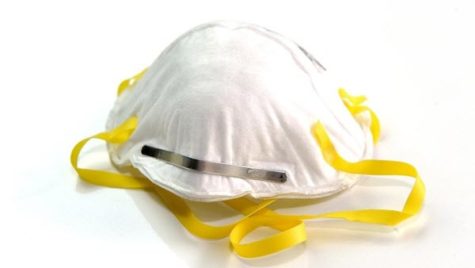
In terms of efficacy, NIOSH-certified respirators like the N95 model provide the highest and most reliable level of protection from COVID-19 infused particles. They also affix tightly to the wearer’s face, thereby preventing one’s respiratory droplets from coming near others. On the other hand, international respirators including the KF94 and KN95 models filter differing amounts of particles in the air, as they are judged on different standards than those outlined by the NIOSH.
“Choose an N95 if you can find it. I also like the KF94 out of Korea,” Allen noted.
It is also important to note that a respirator can only be as effective as the manner in which it is worn. All respirators should supply a good fit for the wearer and be worn correctly in order to maximize their filtration and defense against the virus.
Observe the following situations where donning a respirator would provide a heightened level of protection.
- When assisting a patient who has COVID-19.
- If one is not equipped with all of the COVID-19 vaccinations that they are eligible for.
- If one can be classified as an immunocompromised individual, an older person, at risk of medical illness or have fundamental health problems.
- Individuals who operate in a busy workplace and encounter large numbers of people, many of whom do not always wear protective clothing or masks (i.e. grocery store employees, public transportation drivers, or medical assistants)
- If one lives in a densely populated urban area and ventures out into the public often.
Masks
When selecting a mask, keep in mind its comfortability and snugness. Gaps around the nose or sides of the face put the user at risk of respiratory particles seeping in and sacrificing the overall effectiveness. If a mask is wet or dirty, then the wearer should settle for a dry mask instead to prevent the overgrowth of harmful bacteria.
Tier Two: Surgical Masks/ Medical Procedure Masks or Double Masking
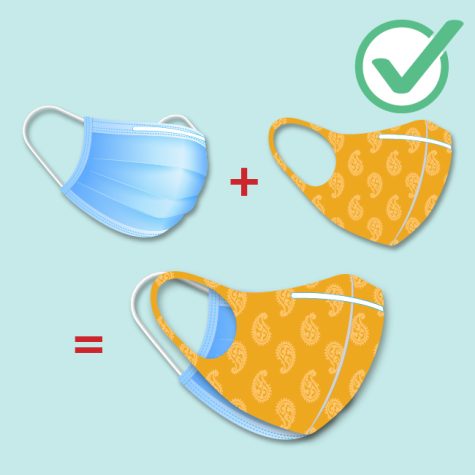
A commonly used name for surgical masks is disposable procedure masks, as they are advised to be changed frequently. Surgical masks are intended to have an adjustable nose wire and comfortably rest above one’s facial features. Surgical masks provide arguably more protection than cloth masks, but can be made more effective when layered concurrently underneath a three-layer cloth mask. This form of double masking also optimizes fit and overall snugness, as well as establishing extra protection and filtration against virus particles.
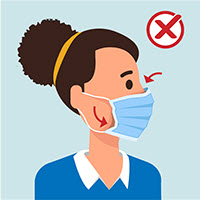
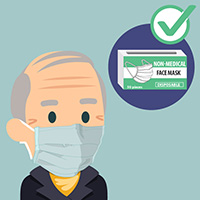
The CDC recommends double masking if one’s mask only possesses a sole layer of material. Also, healthcare professionals are advised to don medical procedure masks in high-risk situations over cloth masks.
Tier Three: Cloth Masks
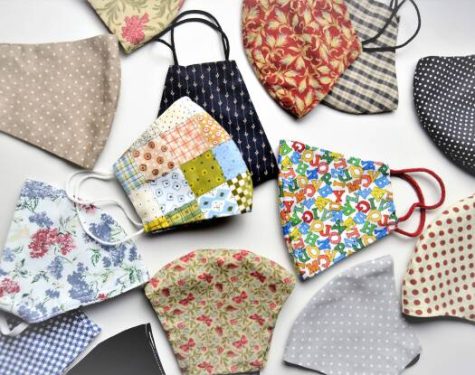
Unlike a surgical mask, there are many types of cloth masks on the market which are manufactured from a variety of fabrics. According to Allen, most cloth masks that can be bought at a store are not considered as effective against the extremely contagious omicron variant. This is often true unless a cloth mask is “doubled up” concurrently with a surgical mask underneath it. Double masking has become an increasingly popular method of protection over the past pandemic year.
Several agents of pandemic advice like health experts and the Center for Disease Control, or CDC, strongly advocate against using cloth masks which are equipped with exhalation vents or contain noticeable gaps around the side of the face. Still, officials advise using cloth masks during this juncture of the pandemic if they are worn correctly. It makes sense to assess whether to use a cloth mask based on the context of one’s individual situation.
Allen notes, “If I’m with my friends outdoors who are fully vaccinated- I actually don’t think we need to wear a mask- but if you’re in a low-risk situation, I think a three-layer cloth mask would be ok.”
In fact, according to The WGBH Educational Foundation website, if two individuals in close proximity are wearing a cloth mask with a fifty percent efficacy rate, then the composite efficiency in regards to filters is seventy-five percent.
How to Select the Best Mask
When choosing the proper mask, there are several factors to consider. Overall, it is integral to remember that loosely woven masks provide minor protection, layered and more tautly woven masks ensure more protection, snug fitting surgical masks and KN95 model respirators offer largely more protection and NIOSH-certified respirators like the N95 model ensure an optimal tier of protection against the COVID-19 pandemic.
Sources for information:
https://www.cdc.gov/coronavirus/2019-ncov/prevent-getting-sick/types-of-masks.html
Sources for Pictures:
https://www.cdc.gov/coronavirus/2019-ncov/prevent-getting-sick/types-of-masks.html










